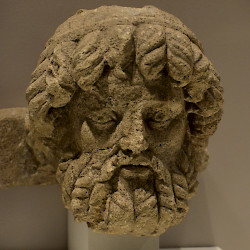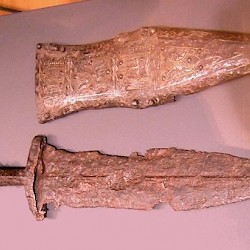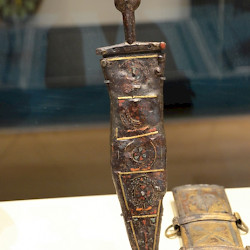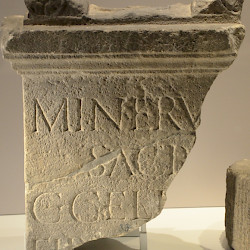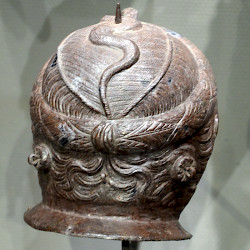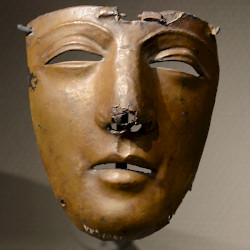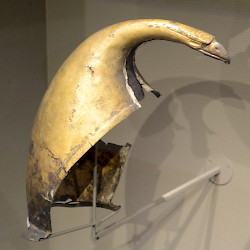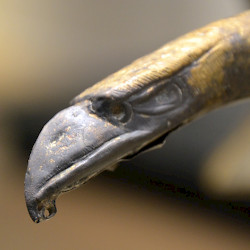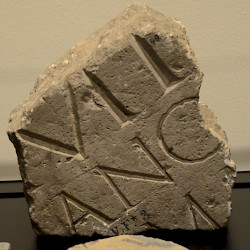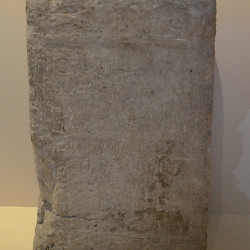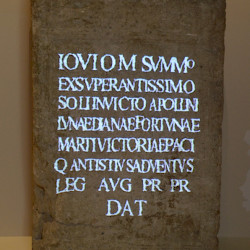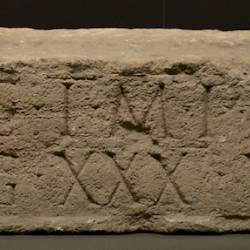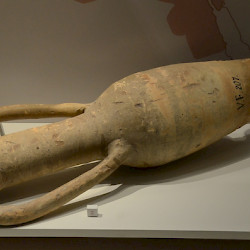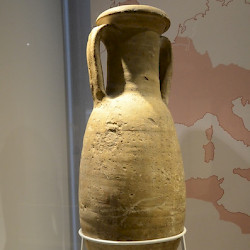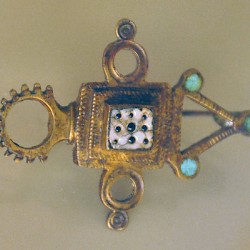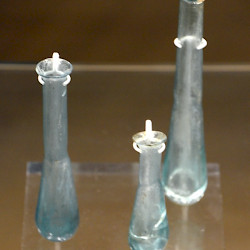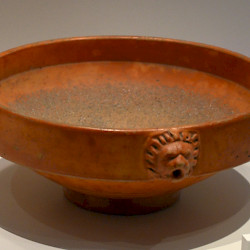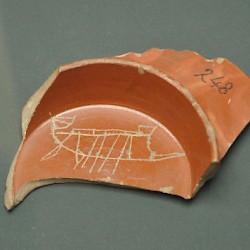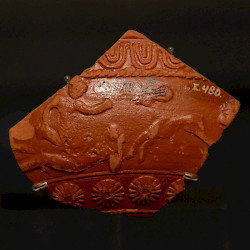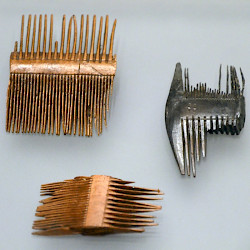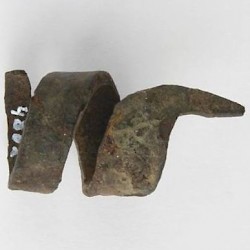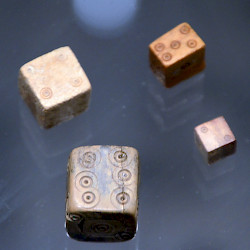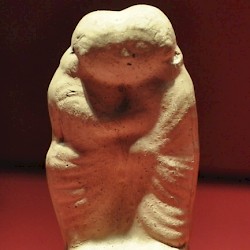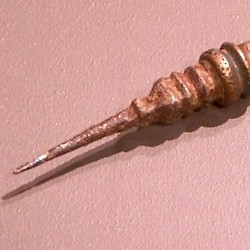Fectio (Vechten)
Q2311719Fectio: Roman fort, part of the limes, modern Vechten.
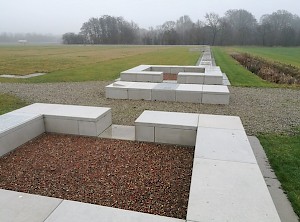
Fectio, modern Vechten, was a fort in the limes, the frontier zone of the Roman empire, situated at the site of the bifurcation of the rivers Rhine (which continued to the North Sea) and Vecht (to Lake Flevo and the Frisians). Numismatic evidence suggests that it was founded by the Roman general Tiberius (the future emperor) during the campaigns of 4/5 CE. It was probably used as a naval base.
The civil settlement of Fectio was probably to the east of the fort, but excavation is not easy because there is a nineteenth-century military settlement on the site. However, the ancient fort at Vechten itself is, together with Nijmegen, one of the best excavated sites in the Netherlands. Research started as early as 1828, and among the nineteenth-century finds are a piece of the road, a wooden bridge, and a palisade. Vechten was also the site of one of the first excavations of a Roman ship.
In 40, the emperor Caligula visited Fectio when he was travelling to Lugdunum. The remains of a wine barrel from his personal vinyard have been found. Some thirty years later, the fortress was destroyed during the Batavian Revolt and rebuilt as base of a cavalry squadron. The nearby Rhine had already started to silt up, and was later to change its course. Pottery from the kilns of the Twenty-second Legion Primigenia at Xanten belongs to this period.
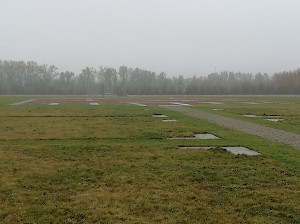
During the reign of Antoninus Pius (r.138-161) the fort was again rebuilt, this time from brick and natural stone. The tombstone of one Valens, the son of Bititralis, makes it clear that during the second century, Fectio was occupied by a unit that was called the First Thracian Cavalry. One of the visitors was Antistius Adventus, one of the most important generals in the Roman army during the reign of Marcus Aurelius (r.161-180).
By 200, the river had become silted-up and Fectio was no longer accessible by water. Like many other military settlements, Fectio was abandoned in 275. The site was not reoccupied.
Several funeral monuments from Fectio survive. A dedication by one Gaius Julius Bio, now in the Centraal Museum in nearby Utrecht, belongs to the captain of a Roman warship. Another interesting discovery was the tombstone of a woman with the Germanic name Fledimella ("shining with beauty"). Equally remarkable is an inscription that mentions the shrine of a goddess named Viradecdis, who was venerated by Tungri at Fectio. She was probably a Tungrian deity, because a similar shrine, dedicated by Tungri to the same goddess, is known from Hadrian's wall. Amphoras prove that there were trade contacts with Rhodes and Andalusia.
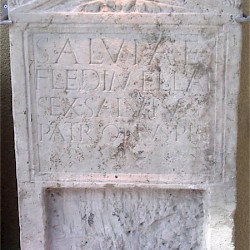 Vechten, Fledimella inscription |
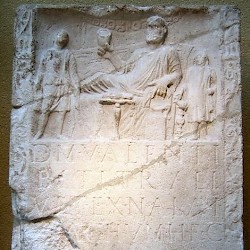 Vechten, Tombstone of Valens |
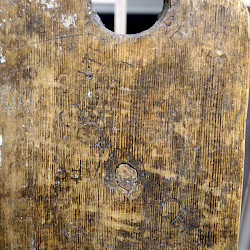 Vechten, Wine barrel from Caligula's private estate |
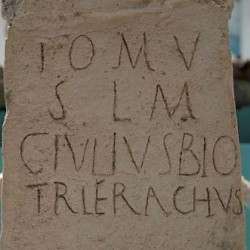 Vechten, Dedication by G. Julius Bio (cast) |
Getting there
The site of ancient Fectio can be reached from the N411 main road, which connects Utrecht and Bunnik. At Vechten village, you have to go south, pass the tunnel underneath the A12 motorway, and immediately turn to the right. This little lane, full of curves, is called Marsdijk. You will see the nineteenth-century fort on your right hand. When you see the reconstructed Roman watch tower, you can recognize the ancient military settlement as a very, very low hill to the west of its successor.
Literature
- Wilfried Hessing e.a., Romeinen langs de snelweg. Bouwstenen voor Vechtens verleden (1997 Abcoude)
- M.J.M. Zandstra and M. Polak (eds), De Romeinse versterkingen in Vechten-Fectio. Het archeologisch onderzoek in 1946-1947 (2012)
Thanks...
... to Joanneke Hees
